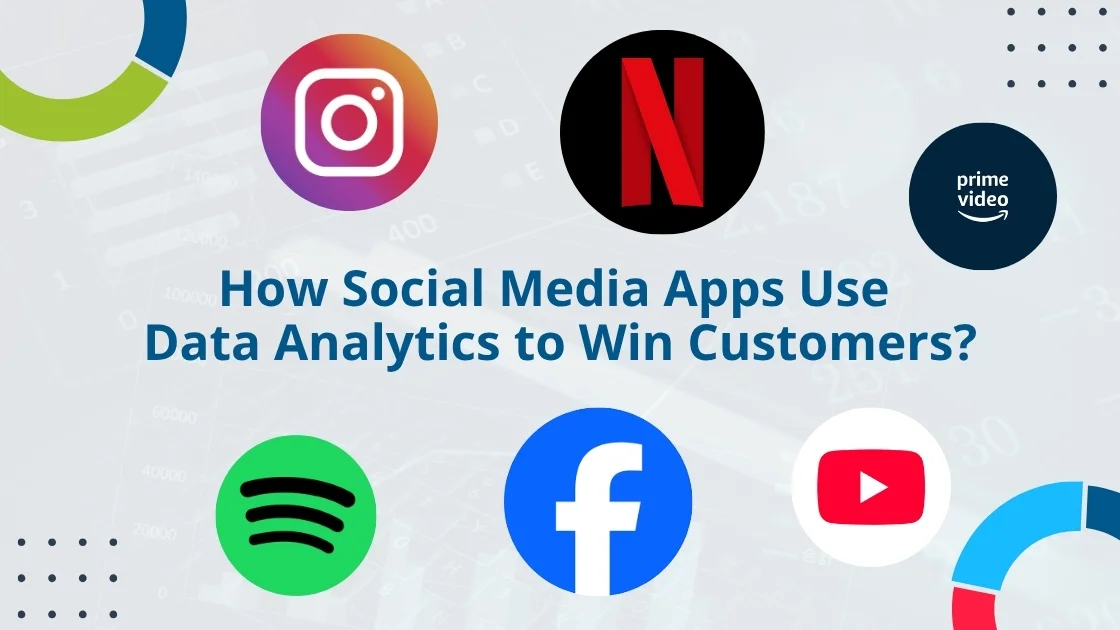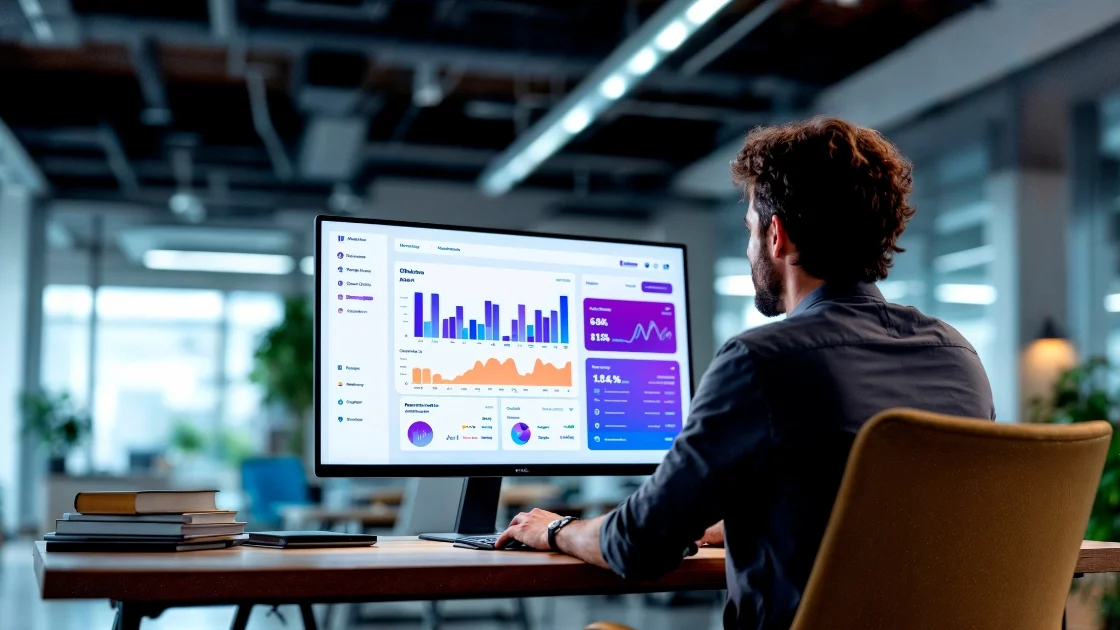How Social Media Apps Use Data Analytics has become a defining factor in how these platforms attract, engage, and retain millions of users daily. In today’s data-driven world, every click, like, comment, or share contributes to a deeper understanding of user behavior. Social media apps like Facebook, Instagram, TikTok, and LinkedIn rely heavily on data analytics to deliver personalized experiences, predict trends, and strengthen customer loyalty.
Understanding How Social Media Apps Use Data Analytics
Social media platforms gather vast amounts of data—from demographics and interests to engagement patterns. How social media apps use data analytics starts with tracking these user interactions and converting them into actionable insights. For instance, Facebook studies user behavior to understand which posts drive engagement, while Instagram uses analytics to recommend posts and reels that match a user’s interests.
By leveraging this data, platforms craft more relevant experiences, ensuring that every user sees content they are most likely to enjoy, which in turn keeps them scrolling longer.
Personalization: The Core of Social Media Success
A major advantage of how social media apps use data analytics lies in personalization. Data analytics allows apps to tailor feeds, ads, and recommendations uniquely for each user. TikTok’s “For You Page” is a perfect example—it constantly learns from user interactions to refine the videos shown.
This level of personalization keeps engagement rates high and strengthens emotional connections with the platform. Predictive analytics takes it further by forecasting future preferences, helping platforms anticipate what users might enjoy next.
Improving Marketing Strategies Through Analytics
How social media apps use data analytics also extends to advertising and marketing optimization. Platforms like Facebook and LinkedIn provide advertisers with analytics dashboards that track audience behavior, ad reach, click-through rates, and conversions.
This data helps brands target the right audience segments with relevant campaigns. For example, a marketer can use Facebook Ads Manager to reach users who have shown interest in similar products, leading to higher engagement and ROI.
Content Optimization and Trend Analysis
Understanding how social media apps use data analytics also involves analyzing content performance. Platforms monitor engagement metrics to identify which formats—videos, stories, or live streams—perform best.
YouTube and Snapchat, for instance, track watch time, shares, and interactions to refine their recommendation systems. This insight helps creators and brands produce content that aligns with audience demand, creating a self-sustaining cycle of engagement and growth.
Predicting User Behavior and Retention
Predictive analytics is one of the most powerful examples of how social media apps use data analytics to retain users. By examining patterns from past activity, apps can predict when users might disengage and prompt re-engagement through notifications or content suggestions.
LinkedIn uses these insights to recommend job opportunities, while Instagram suggests profiles or reels based on users’ browsing history. Such predictive models ensure users stay connected and engaged over time.
Enhancing User Safety and Experience
Another crucial area in how social media apps use data analytics is user safety. Platforms use machine learning and data analysis to detect suspicious activity, spam accounts, or inappropriate content. Facebook and Instagram, for example, identify unusual login patterns and automatically flag them for security checks.
This proactive use of analytics helps maintain user trust and ensures a safe community environment, which directly contributes to customer retention.
Monetization and Growth with Data Analytics
When exploring how social media apps use data analytics, monetization cannot be overlooked. Social media companies analyze engagement and demographic data to deliver highly targeted advertising.
Instagram and TikTok allow advertisers to reach niche audiences based on interests and behaviors, creating more effective campaigns and maximizing ad spend. This approach benefits both advertisers and users, as users receive more relevant ads while brands see improved conversion rates.
Conclusion
Understanding how social media apps use data analytics reveals how these platforms have transformed digital interaction. From personalizing user experiences to improving marketing effectiveness, predicting behavior, enhancing security, and driving monetization—data analytics powers every aspect of social media success.
As platforms continue to evolve, data will remain the key ingredient that allows social media apps to not only attract users but also keep them engaged and loyal in an ever-competitive digital landscape.












